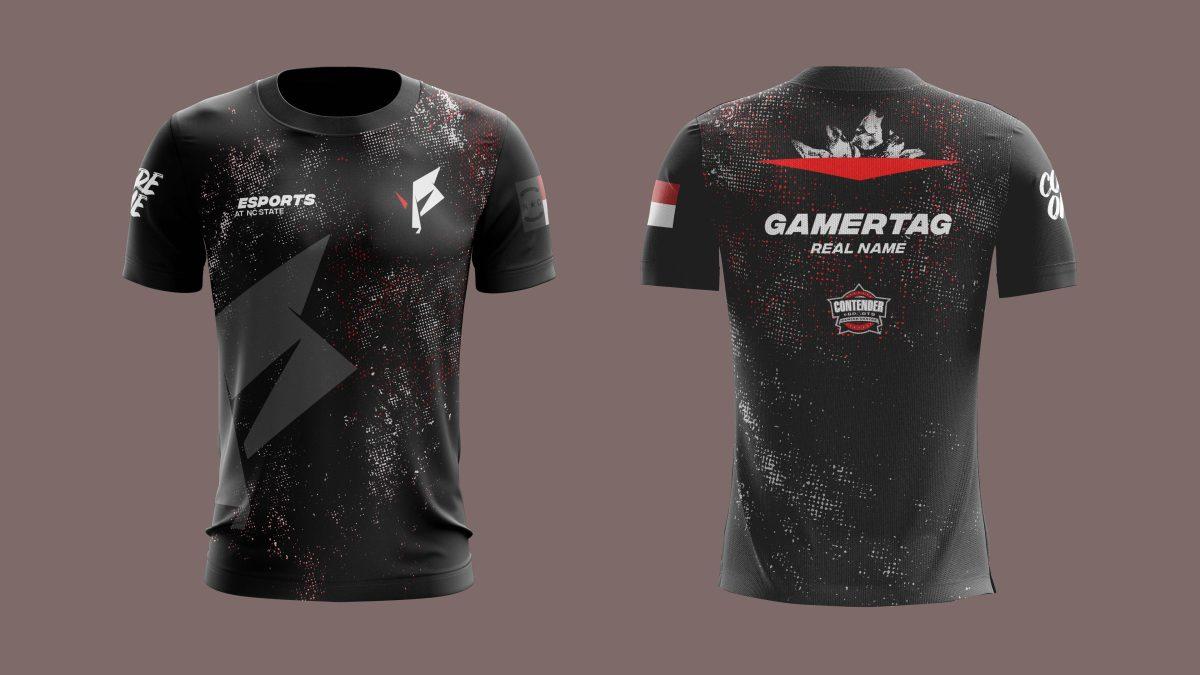NC State received $16 million from the state government to build an esport facility and esport truck on campus. The funding comes from a state initiative to cultivate esports in North Carolina. Marc Hoit, vice chancellor for information technology, leads the esport initiative at NC State.
“We’ve been given $12 million to build a facility that can handle esports activities” Hoit said. “Then another $4 million to build what they call the ‘mobile arena,’ which is essentially a truck that can go out to anywhere in the state and bring a competition or activities like that on a short term basis.”
Hoit said he thinks the $12 million dollar arena will be the largest collegiate esport facility in the nation.
Esport refers to a multiplayer video game played competitively. Popular esports include Fortnite, Counter-Strike and Counter-Strike: Global Offensive, Rocket League, League of Legends and Valorant, to name a few. Members play from the comfort of their homes but stay connected to team members through live chat applications while they play. For player equality, official esport competitions take place in person at the same facility. Interest in esporting competitions has been growing internationally with live in-person competitions becoming a large draw.
According to Hoit, many believe the Triangle area has potential to be an esport hub. Just last year, the Raleigh Convention Center hosted the 2021 Halo Championship Series, in which 200 different teams took part. The 32 best teams competed in a double elimination-style bracket playing for a $350,000 total cash prize. Over 267,000 streamed the event.
The NC General Assembly passed fiscal acts to foster esports in North Carolina, including the Esports Industry Grant Fund. Similar to the NC Film Grant which supplemented production costs for studios filming in North Carolina, the Esport Industry Grant offers a financial incentive for companies to host esporting events in Raleigh.
The arena will offer hands-on learning experiences to students involved in computer science and game design, as well as students outside the esporting community. For instance, hospitality management students will have the opportunity to plan esporting events and social science circles can continue their research on the effects of esports on cyberathletes, among others.
“We’re building up a network of people who are anxious to use the laboratory, if you will, and go ahead and do what we do best as an educational institution,” Hoit said. “My goal is to make the facility a shared activity.”
Many don’t realize that esports have had a place at NC State through the student organizations. Esport Club President Avi Sukhramani, a fourth-year studying marketing, proudly shares the success of the club.
“We’re sort of starting to gain a little notoriety in the collegiate esports niche,” Sukhramani said. “Our Rainbow Six team, which is No. 1 in the country right now … has earned somewhere around $35,000 over the course of their lifetime. … It’s crazy because nobody really knows outside of the people who are in the club. I don’t really get to talk to people about it.”
The esport club plays eight games competitively with 150 to 200 active members and over 1,500 community members in Discord. Sukhramani said he is excited for the multi-million dollar arena, but voices concern on the effects of administration involvement in the student esporting community.
“There’s horror stories from other colleges where student-run organizations that had been in esports for years have just been overrun by the schools administration just saying, ‘We want to invest in esports and we don’t care what you were doing before, we’re going to do it our own way,’” Sukhramani said.
While some believe esports aren’t a real sport, Sukhramani described how similar the resources given to both professional athletes and cyberathletes, including personal trainers, sport psychologists, personal chefs and sponsorships.
“It’s a sport in its own sense,” Sukhramani said. “It’s competitive, it takes a lot of hard work, it’s a lot of practice, it’s a lot of hours and it’s a lot of grind. If you see a football player training for six to eight hours a day in the weight room, eating right, making sure their hand-eye coordination is good, their body mechanics are good, esports cyberathletes … are doing the same thing behind a computer. They have to eat right, they have to keep their body right so they can think straight.”
Hoit continues to search for suitable locations for the arenas and expects a ribbon cutting no sooner than 2024. In the meantime, the University plans to construct a pilot version of the arenas to increase student interest and general input on arena design.













